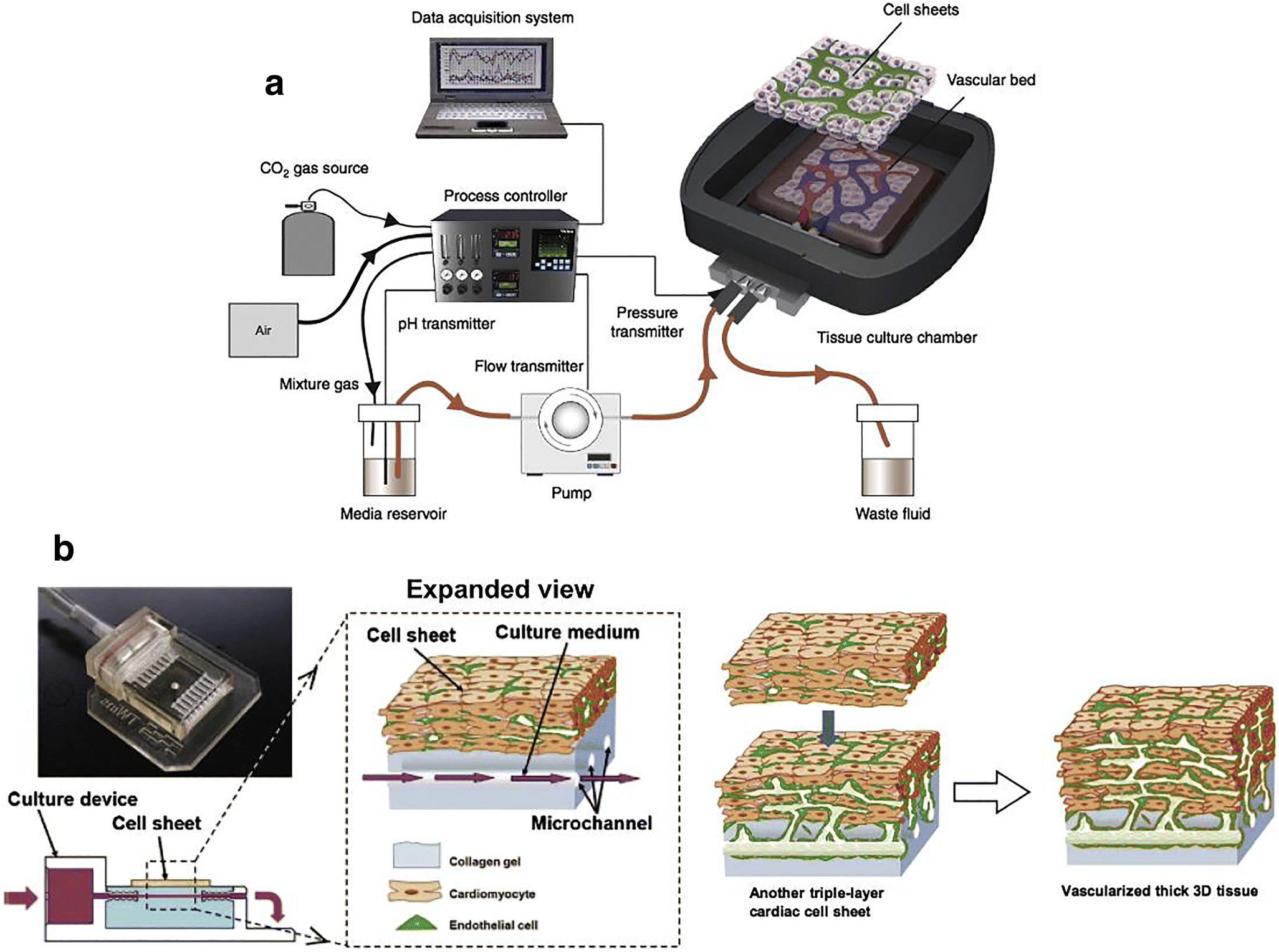
In a healthy population, aqueduct stroke volume represents around 10% of the spinal stroke volume while intracranial subarachnoid space stroke volume represents 90%. Garnotel, Simon Salmon, Stéphanie Balédent, OlivierĬerebrospinal fluid (CSF) stroke volume in the aqueduct is widely used to evaluate CSF dynamics disorders. Numerical Cerebrospinal System Modeling in Fluid-Structure Interaction. Therefore, research is increasingly aided. The investigation via experiments is costly, difficult or in some cases, even impossible. The fluid-structure interaction (FSI) of this kind is frequently encountered in injection molding, food processing, pharmaceutical engineering and biomedicine. The investigated complex fluids are non-Newtonian viscoelastic fluids. In the present work the interaction between rheologically complex fluids and elastic solids is studied by means of numerical modeling. those documents other than research articles, reviews and conference papers.Numerical Modeling of Fluid-Structure Interaction with Rheologically Complex Fluids Not every article in a journal is considered primary research and therefore "citable", this chart shows the ratio of a journal's articles including substantial research (research articles, conference papers and reviews) in three year windows vs. journal self-citations removed) received by a journal's published documents during the three previous years.Įxternal citations are calculated by subtracting the number of self-citations from the total number of citations received by the journal’s documents. The two years line is equivalent to journal impact factor ™ (Thomson Reuters) metric.Įvolution of the number of total citation per document and external citation per document (i.e. The chart shows the evolution of the average number of times documents published in a journal in the past two, three and four years have been cited in the current year. This indicator counts the number of citations received by documents from a journal and divides them by the total number of documents published in that journal.


Q1 (green) comprises the quarter of the journals with the highest values, Q2 (yellow) the second highest values, Q3 (orange) the third highest values and Q4 (red) the lowest values. The set of journals have been ranked according to their SJR and divided into four equal groups, four quartiles.


 0 kommentar(er)
0 kommentar(er)
